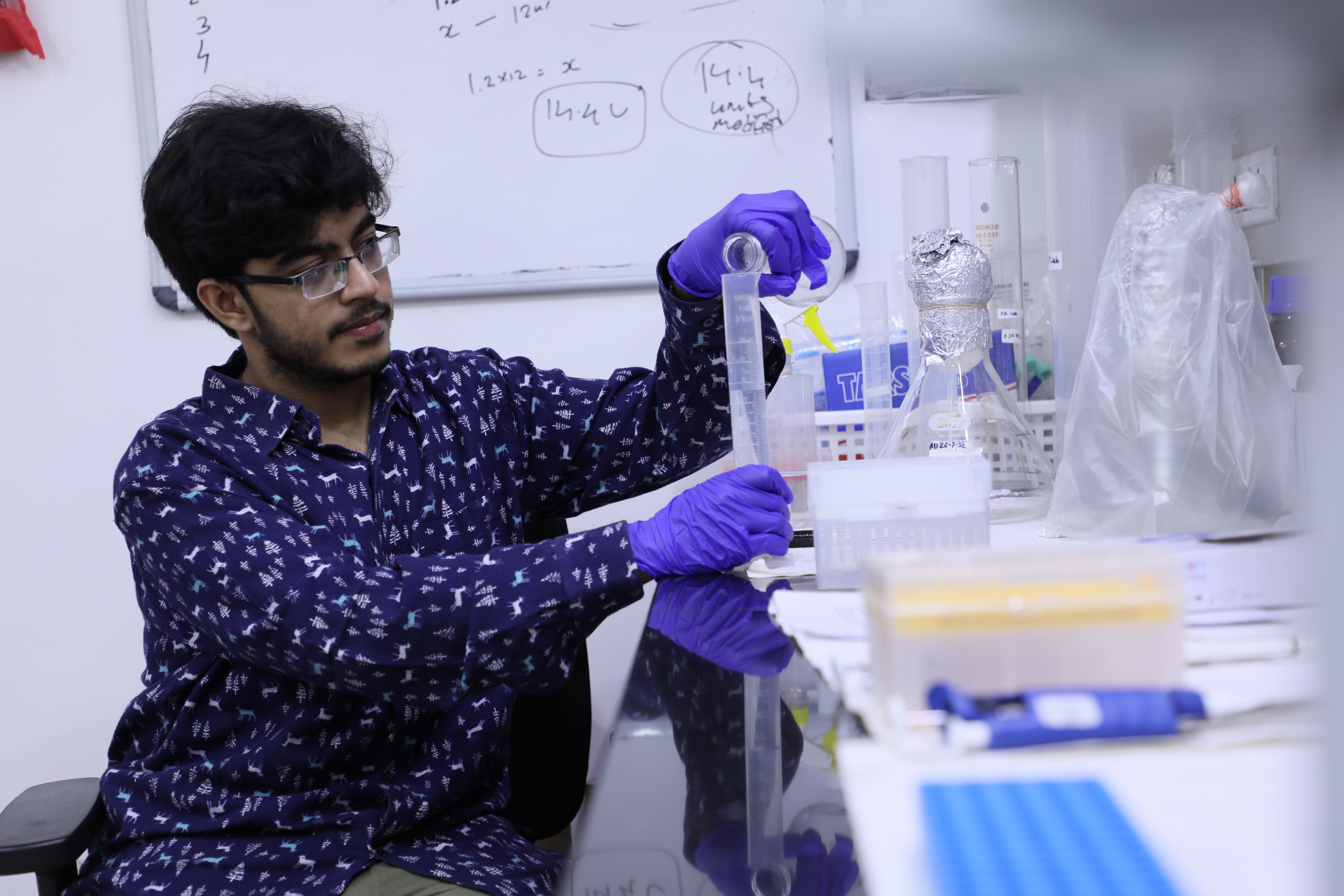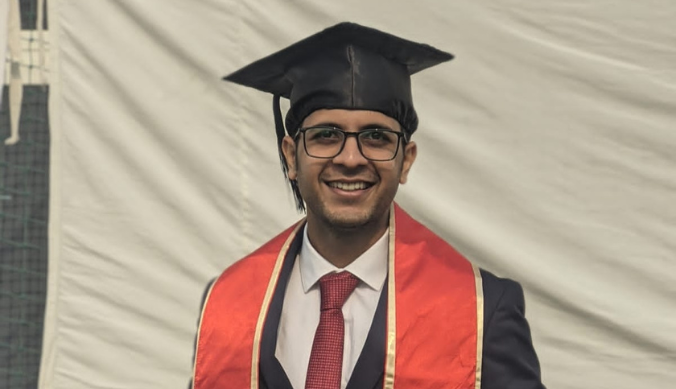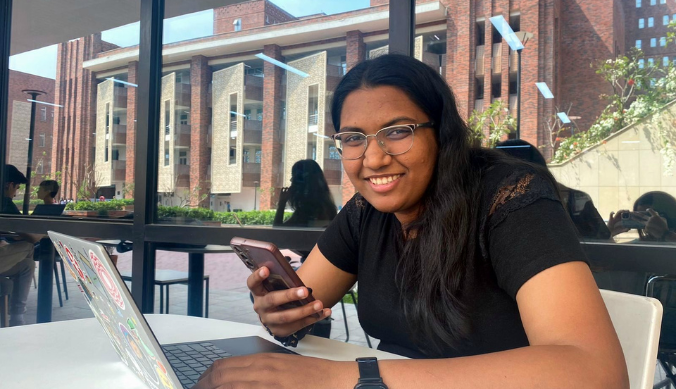Inclusion in STEM Education: Policy and Practice at Ashoka University
Once discriminatory worldviews are broken down, higher education spaces in India will focus on becoming a haven of knowledge for all kinds of learners, argues Tanmay Singh
The Rights of Persons with Disabilities (RPWD) Act, 2016 encourages “measures to promote, protect and ensure participation of persons with disabilities in adult education and continuing education programmes equally with others”. The University Grants Commission’s (UGC) recently released Accessibility Guidelines and Standards for inclusion in Higher Educational Institutions (HEIs), 2022 reaffirmed this commitment, emphasising disabled people’s right to “develop to their fullest potential…and participate meaningfully in education”.
However, ground realities across the country paint a starkly different picture. A survey by the National Centre for Promotion of Employment of Disabled People (NCPEDP) revealed that only 0.56% of such individuals attend HEIs in India. This in itself is hugely problematic, but when coupled with the fact that not even 1% of educational institutions are disabled-friendly, it is evident that University education remains an uphill task for most PWDs in India today. This is particularly true for STEM fields.
The Challenge and the Possibilities
There are three reasons why students with disabilities are underrepresented in this field – a) they are not prepared at schools to be college-ready; b) they do not have access to facilities, programs, and scientific tools; c) they are not well-accepted by the educators, their employers, and their coworkers.
These points must be addressed because to maximise innovation and creativity in science, we need to include the widest range of backgrounds, perspectives, and experiences. With the kind of diverse population in India, we can surely lead the scientific workforce on a global scale. In other words, while robust inclusion mechanisms for STEM fields are of national interest, many educational institutions are severely under-equipped and under-prepared to implement the processes to make their diverse student population future-ready.
Higher education institutions, therefore, must urgently work towards bridging this gap. My time as a biology undergraduate at Ashoka has shown me that this can be done in large part with minor changes in existing curricula and informed sensitivity on the part of the course faculty. Let me dwell on this by taking an example.
Due to my locomotor disability, I find it difficult to undertake outdoor lab tasks—especially when on rough and uneven terrain. Hence, whenever I have had to complete such assignments as part of mandatory coursework, I have informed the relevant instructors of my restrictions and worked with them to identify suitable interventions for me. In the given scenario, I have often relied on other students to provide me with data from places that are inaccessible to me.

The Way Forward
Having said that, I acknowledge that there can be much bigger challenges to inclusivity in higher education. Some students, for instance, may need multi-pronged aid and/or highly-specialised equipment to meet their needs. But what I wish to emphasize here is that the core obstruction to inclusivity in the college space is attitudinal in nature; educators, students and parents alike must forgo and actively contest the idea that special needs students are inferior, academically or otherwise, to their “normal” peers.
Other infrastructural and monetary barriers, though important, are secondary. This is because once these discriminatory worldviews are broken down, higher education spaces in India will focus on becoming a haven of knowledge for all kinds of learners. My journey at Ashoka proves it.
(Tanmay Singh is an ASP student at Ashoka University)










